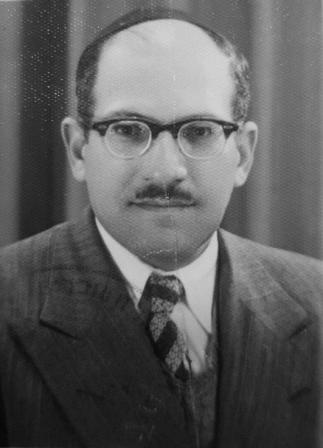רשומות
יהודי תימן שירתם ונגינתם
A thorough introduction to the history and culture of Yemenite Jews, for the erudite Hebrew reader. The article has five chapters and two appendices. Chapter 1 is a history of the Jews in Yemen, their centers in Yemen and Aden and their settlement in Jerusalem, with a few remarks about the historiography of Yemenite Jews. Chapter 2 describes Yemenite garments, customs, life style, and beliefs as Idelsohn witnessed in Jerusalem. The chapter includes a detailed description of wedding celebrations and of the dance style of Yemenite men. Chapter 3 describes the Yemenite liturgy as found in the tiklal prayerbook, the differences between the sami and baladi rites, and special synagogue customs. Chapter 4 deals with the poetry of Yemenite Jews. It discusses the influence of Lurianic Kabbalah on Yemenite Jews; the five forms of Yemenite Jewish poetry, namely hallelot, hidduyot, Zefat, nasid, and sirot; the seven conditions which make for good recitation of poetry; important poets, and finally the influence of Spanish Hebrew poetry on the poetry of Yemen. Chapter 5 deals with the music of Yemenite Jews. It discusses the value of Yemenite melodies to the understanding of Jewish national music in general; musical formulae of the liturgy; various patterns for biblical cantillation and other types of chanting; paraliturgical songs and the relation between poetry and music in Yemenite songs. It is interesting that Idelsohn mentions Yemenite plurivocal phenomena in a perfunctory manner. 'The Yemenites,' he says at the very end of the article, 'are used to singing always in a high voice and in unison, and only those voices of the choir which cannot ascend high, sing low in [a parallel] octave or fourth. Nevertheless it happens that the one who stays in the lower part sings also in [a parallel] sixth, but this combination is harsh to their ears and the chief singer usually reprimands whoever does this, since the most pleasant music for the Orientals is the unison.' The first appendix of the article contains sixty-nine poems for various occasions; the second appendix contains musical examples, mainly music for paraliturgical poetry.





